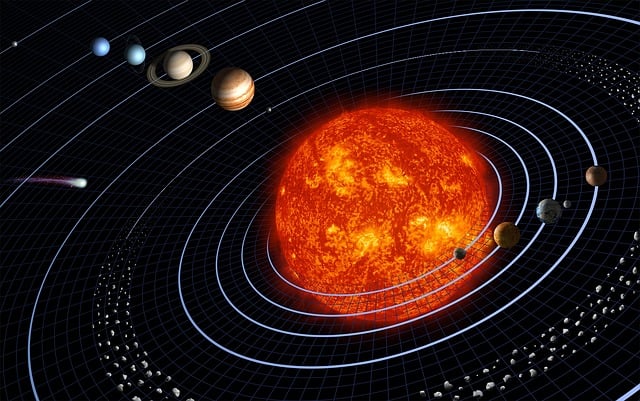These days astronomers can do the most amazing things. They could see the flare if they lit a match on the Moon. The size, character, and even possible habitability of planets that are too far away to be seen can be deduced from the slightest throbs and wobbles of distant stars, planets that are so far away that it would take us 500,000 years on a spacecraft to reach there.
In other words, astronomers can generally find much of what happens in the universe if they put enough effort into it. It is perhaps more more amazing to consider that nobody had ever noticed Pluto has a moon until 1978. James Christy, a young astronomer working at the U.S. Naval Observatory in Flagstaff, Arizona, was inspecting photographic photographs of Pluto in the summer of that year when he noticed something there that was hazy and ambiguous but definitely not Pluto. He decided after consulting a coworker called Robert Harrington that what he was seeing was the moon.
Pluto's status as a planet, which had never been particularly stable anyhow, took a hit from this. Previously, it was believed that the space inhabited by the moon and Pluto were one in the same, which meant that Pluto was much smaller than previously thought—smaller even than Mercury. In fact, our moon and seven others in the solar system are bigger.
Consequently, it only makes sense to wonder why it took so long for someone to discover a moon in our solar system. The answer is that it depends on where astronomers point their telescopes, what their sensors are made to detect, and how well they can see Pluto. Mostly, it depends on where they aim their equipment. The majority of people believe that astronomers examine the skies at night while outside in observatories, according to astronomer Clark Chapman.
Because of the depictions of artists, we have been accustomed to visualizing a level of clarity and precision that does not exist in astronomy. In Christy's shot, Pluto is a fuzzy, faint piece of cosmic lint, and its moon is merely a tiny, incredibly faint hint of further fuzziness, rather than the romantically illuminated, crisply drawn companion orb you would get in a National Geographic painting. In fact, the fuzziness was so great that it took seven years for someone to independently establish the moon's existence by spotting it once more.
Knowledge is power...
